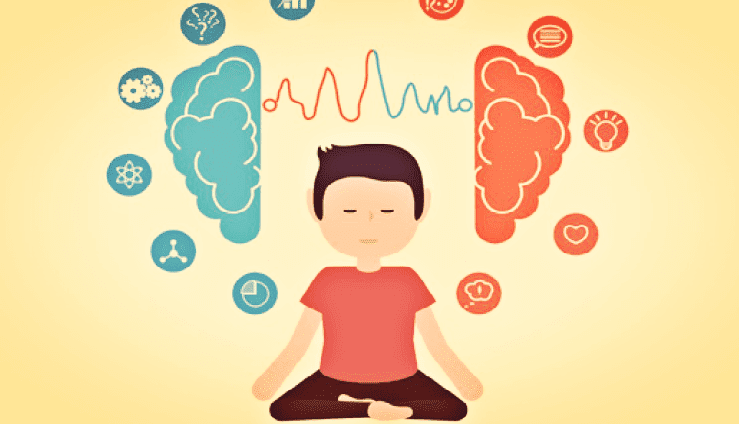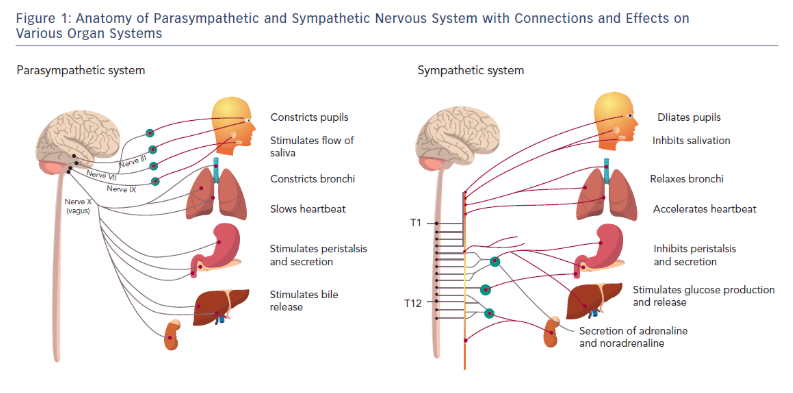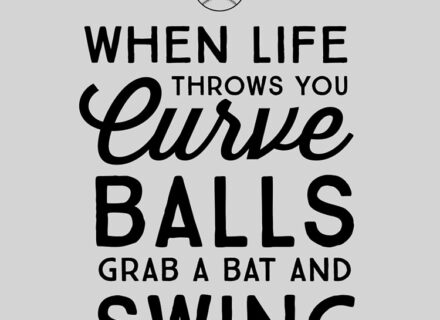Not too long ago I wrote a post called ‘How we make decisions: First-Order Consequences’ where I discussed our natural decision making process and the mistakes most of us make by placing too much weight on something called ‘First-Order Consequences’. Props to Mr. Ray Dalio for teaching me this.
In this post, I want to talk about a similar concept I learned while reading ‘Buddha’s Brain- The practical neuroscience of happiness, love & wisdom’.
The concept is called First and Second Darts.
While similar in general construct to first and second-order consequences, First and Second Darts focus more on the way the mind handles internal and external stimuli, and how we can increase awareness and our ability to appropriately manage our response to said stimuli.
At the highest level, here’s a description of these ‘Darts’:
First Dart: Per an expression from Buddha, “the inescapable physical or mental discomfort is the “first dart” of existence.”
Second Dart(s): Our reactions to first darts. These are the darts we tend to throw ourselves. Most of our suffering comes from second darts.
This quote sums it up nicely…..
“Pain is inevitable. Suffering is optional.” ~Haruki Murakami
Here’s a relatable example from the book I mentioned above (Buddha’s Brain):
“Suppose you’re walking through a dark room at night and stub your toe on a chair; right after the first dart of pain comes a second dart of anger: “Who moved that darn chair?!”
Believe it or not, you can actually control those second darts. While it oftentimes seems like you cannot, you can. Remember, most of our suffering (second darts) is optional. If you’re thinking this is just some rant about Buddhist ideals, I’ll explain further how it’s evidenced in neuroscience.
When you experience forms of suffering such as anger, frustration, sadness, etc., you can actually feel it in your body. When angry, you become tense and your heart rate increases, for example. These are bodily mechanisms in which the ‘second darts’ are impacting.
I geek out on how all this works, so here’s a somewhat high level breakdown. The image below shows how the brain sends different types of signals to various parts of the body.
Our Parasympathetic Nervous System (PNS), also referred to as our ‘rest-and-digest’ system conserves energy in our body and is responsible for ongoing, steady-state activity. It produces a feeling of relaxation, often with a sense of contentment.
In contrast, our Sympathetic Nervous System (SNS) is our ‘fight-or-flight’ system.
Second darts, as you may imagine, often set off a cascade effect through your body via the sympathetic nervous system (SNS). Think back to the toe stubbing example I gave above.
- Stub toe (first dart)
- Get angry (second dart)
- Heart rate accelerates (SNS impact)
This is your ‘fight-or-flight’ system in action!
When the SNS is regularly activated, there are physical and mental consequences. Here are some examples of both.
Physical consequences-
- Gastrointestinal— Ex., ulcers, constipation, colitis.
- Immune— Ex., more frequent colds, flus, slower healing.
- Cardiovascular— Ex., hardening of arteries, heart attacks.
- Endocrine— Ex., type II diabetes
Mental consequences-
- Anxiety
- Depressed Mood
If you’ve made it this far you’re probably saying to yourself….”good to know, but what the heck can I do about it?!”.
Glad you asked.
According to Rick Hanson, PH.D, and author of ‘Buddha’s Brain’, “the goal is a healthy baseline of PNS arousal with mild SNS activation for vitality, combined with occasional SNS spikes for major opportunities or threats.”
More practically speaking, here’s a four-step process to making sure you maintain that baseline. Side note…. This all happens in a matter of seconds. The fist several (many) times you try it you will probably fail. (You’re welcome for the encouragement). With enough practice, however, it will come as second nature. Disclaimer: I have still not perfected it, but I can confidently say my reactions to first-darts are more favorable these days.
The process—
Step 1: Recognize you’re caught in a second-dart reaction.
Step 2: Pause and quickly ask yourself if grasping and following through with the reaction is the best thing to do. Will it help or hurt? Is it worth it?
Step 3: Assuming the second-dart is not helpful to you in the big picture of your life, allow it to pass by.
Step 4: Calmly decide what to do next.
Sounds easy, right? If it were easy everyone would have it down and we’d be a much calmer, less reactionary society as a whole. That’s, unfortunately, not the case. This must be a regular, daily practice for those who see the value in it. I certainly do.
There’s much deeper research on this topic than I could ever go into. If you’re interested in learning more about it I suggest starting with the book I mentioned. It’s a nice primer and an easy read.
I generally write to reinforce ideas in my own mind, but hope this is helpful to you as well.
#BeMindful




